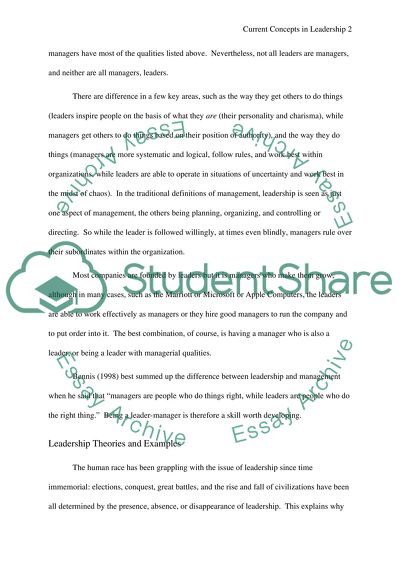Cite this document
(Current Concepts in Leadership Assignment Example | Topics and Well Written Essays - 2500 words, n.d.)
Current Concepts in Leadership Assignment Example | Topics and Well Written Essays - 2500 words. https://studentshare.org/human-resources/1517891-current-concepts-in-leadership
Current Concepts in Leadership Assignment Example | Topics and Well Written Essays - 2500 words. https://studentshare.org/human-resources/1517891-current-concepts-in-leadership
(Current Concepts in Leadership Assignment Example | Topics and Well Written Essays - 2500 Words)
Current Concepts in Leadership Assignment Example | Topics and Well Written Essays - 2500 Words. https://studentshare.org/human-resources/1517891-current-concepts-in-leadership.
Current Concepts in Leadership Assignment Example | Topics and Well Written Essays - 2500 Words. https://studentshare.org/human-resources/1517891-current-concepts-in-leadership.
“Current Concepts in Leadership Assignment Example | Topics and Well Written Essays - 2500 Words”. https://studentshare.org/human-resources/1517891-current-concepts-in-leadership.


